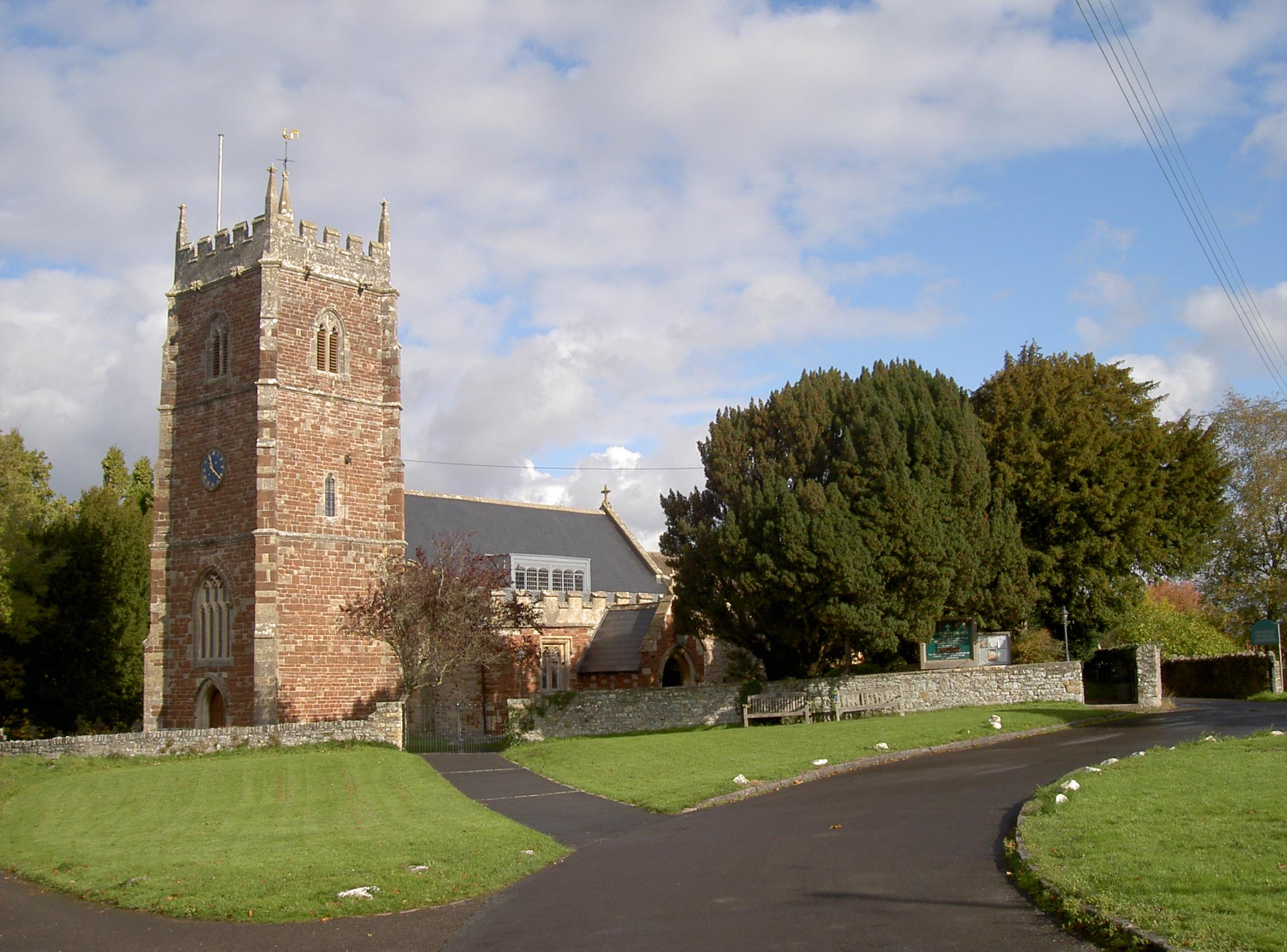Clifton Cathedral
Bristol, City of Bristol
Whether you have just arrived via the internet or you are making a personal visit to the Cathedral, please feel most welcome.

The origins of Abbots Leigh and the Church of Holy Trinity are lost in the mists of time, but there are definite indications of a Celtic Settlement well before the Roman invasion.
Abbots Leigh, City of Bristol
Later, the Saxons came and drove out or subjugated the Celts and settled in the area. A hermitage or small chapel was built nearby.
The church, as we see it today, was built at intervals over a period of 800 years. The first record appears in 1115, so it may be assumed that that part which is now the chancel is later 12th century. There was originally a crypt beneath, filled in later. The nave is possibly 13th century, built at the time of the Magna Carta.
The south aisle is believed to have been added in the 14th century. The tower is mid 15th, when the Tudors and Plantagenets fought each other for the crown of England. The small door in the south wall of the chancel is 15th century and was the entrance to the Lord of the Manor’s pew.
The Dissolution of the Monasteries in 1538 brought change to the Manor of Leigh, but little to the chapel. The Manor became the property of Paul Bush, the first Bishop of Bristol. On his death, Edward VI gave it to the Norton family; under them the estate prospered and the population increased. Sir George Norton is particularly remembered for sheltering King Charles II at Leigh Court during his flight after his defeat at the Battle of Worcester. The Nortons were followed by the Trenchards in 1715. There was no enlargement to the church during this period.
In 1848, the chapel was gutted by fire. The nave suffered most, the wooden roof of the chancel burning merrily, then collapsing down on the pews, pulpit and balcony. The fire was seen soon after Mattins on February 21st. The village turned out to fight the flames and someone was sent to Bristol for a fire engine, a horse drawn one which arrived three hours later. As a result of their exertions, the tower and chancel were saved. The Miles family paid for much of the repairs. Various alterations were made at the time, including the addition of the north aisle, the dormer windows and the vestry. The balcony was not replaced, but an organ was installed. Little has changed since the rebuilding after the fire.
Another fire occurred in the church in 1972. By a coincidence, the date was the same as the previous fire, February 23rd! The consequence of this fire was not nearly so serious; the organ was destroyed and one or two pews; the roof was badly scorched.
There is an ancient font beside the south porch which may have been used for christenings from the earliest days of the church, until replaced by the existing one which is 19th century.
Bristol, City of Bristol
Whether you have just arrived via the internet or you are making a personal visit to the Cathedral, please feel most welcome.
Bristol, City of Bristol
From the 12th century this has been a place of daily prayer, and an extraordinary building, created for the glory of god.
Lawrence Weston, City of Bristol
There has been a church on this site since the 1950's, being built post war which is one of the few churches of that era left in Bristol.